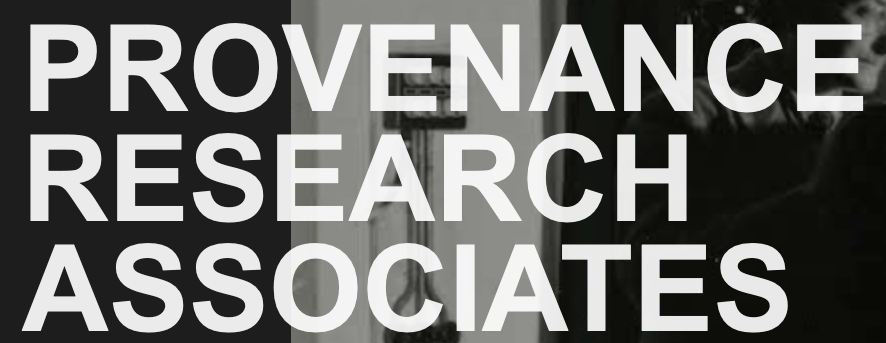Napoleon’s Eye by Peter Brooks
The Louvre, as imagined by the French Revolution—it opened during the Reign of Terror—and then as realized by Baron Dominique-Vivant Denon under Napoleon, was the first encyclopedic public museum, dedicated to providing a new setting for art objects taken from their original location. They would be displayed in a way that would be instructive to a large public, as well as protective of the objects themselves.
The Louvre of this time was largely built on the systematic looting of Western Europe, and Egypt, of which Napoleon had made himself master. The acquisition of artworks was in fact stipulated in the various treaties Napoleon imposed on defeated regimes, and had all the subtlety of spoils of war. Teams of art experts dispatched from Paris followed closely in the wake of the victorious armies. The spoliation began before Denon’s directorship—the Belgian Campaign in 1794 brought in prized examples of Rubens; Napoleon’s invasion of Italy in 1796 led to the Pope’s ceding some one hundred works to France, including eighty-three universally admired sculptures from the Vatican and Capitoline museums. Denon as director was himself often on location, in Germany, Austria, Spain, and Italy, to inspect the goods. (…more at New York Review of Books website…)
